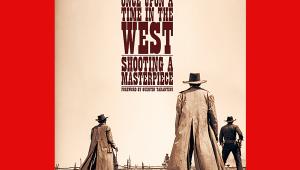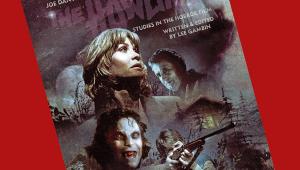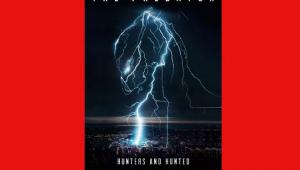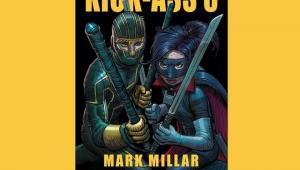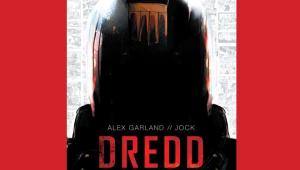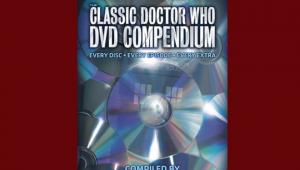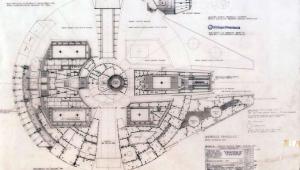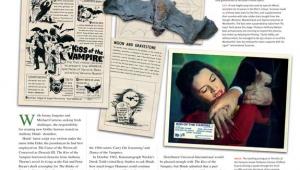British Cult Cinema: The Amicus Anthology review

According to author Bruce G. Hallenbeck in his excellent new book about UK film company Amicus, the owner/producers Milton Subotsky and Max J. Rosenberg 'did not invent the horror anthology. They merely took a pre-existent format and ran with it. But they turned it into a sub-genre all its own and left behind them a collective of which both they, and all who sailed in them, could be justifiably proud.'
As Hallenbeck’s exhaustive overview of one section of the British horror film neatly observes it was the inevitable success of Hammer films throughout the late 1950s and1960s that lead to a spate of imitators including Tigon (Witchfinder General, Scream and Scream Again and The Creeping Flesh). Yet, as this new book points out none were as prolific as Amicus, a low–budget studio under the control of Subotsky and Rosenberg. Both had cut their teeth in the industry before collaborating on a run of B-movie musical pictures prior to the creation of their own horror franchise: a series of colourful portmanteau pictures with lurid titles exploiting a genre that had already proved popular in movies like Flesh and Fantasy (1943) and the Ealing classic Dead of Night (1945).
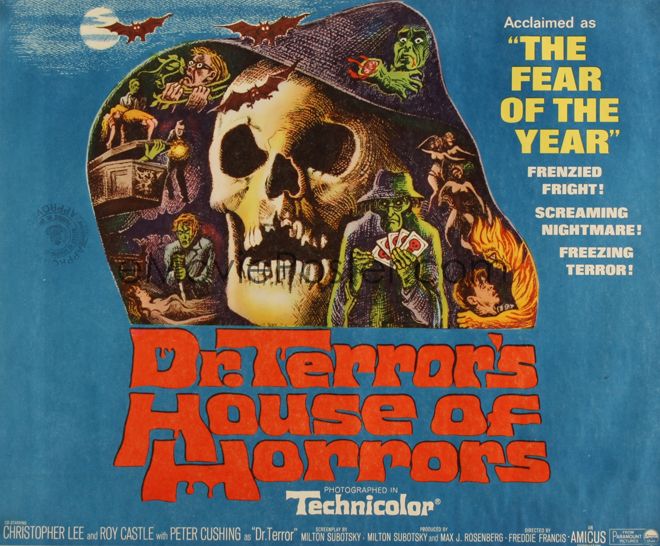
Throughout this period, as Hallenbeck explains, Amicus was in direct competition with the king of horror movies Hammer Films, but while their biggest rival was still happily churning out narrative pictures loosely based on the original Frankenstein and Dracula novels, Subotsky and Rosenberg opted for the anthology format as the mainstay of their studios’ output.
Dr Terror’s House of Horrors was the first Amicus release in 1965 and Subotsky and Rosenberg successfully stole Hammer’s thunder by casting two of the decade’s most popular horror stars, Peter Cushing and Christopher Lee, along with a roster of well-known character actors from both TV and films in guest starring roles. Its success lead to equally intriguing titles including Torture Garden (1967) with veteran Hollywood actor Burgess Meredith (then currently finding fame as ‘The Penguin’ in the Batman TV series), The House That Dripped Blood (1971), Tales From the Crypt (1972), Asylum (1972) The Vault of Horror (1973) and From the Beyond the Grave (1974).
But by the early seventies the Amicus anthology formula had worn itself out, in part due to the genre’s overkill in numerous TV series including Rod Serling’s Night Gallery (1969-1973). 1974’s From Beyond the Grave also had to compete with a new wave of horror movies that had begun with Night of the Living Dead (1968) and culminated in William Friedkin’s phenomenally successful The Exorcist (1973). In comparison, notes Hallenbeck, Subotsky and Rosenberg’s final anthology movie seemed 'tame by comparison'.

The Amicus Anthology, although not the first publication to chronicle the studios output, is profusely illustrated with special attention given in the text to the numerous guest stars; the behind-the-scenes production; the importance of the studio’s other genre films – such as the very underrated The Skull (1965) –and the then current state of the horror film industry on both sides of the Atlantic.
Hallenbeck also offers a guide to the ‘health’ of the anthology film in the wake of Amicus and rounds off his informative tribute with a filmography. The only downside (which is a problem with other titles in the Hemlock Books series) is the absence of an index. However, the involvement of Denis Meikle as Editorial Associate is an added bonus, as anyone who has read his excellent features in Allan Bryce’s Dark Side magazine will concur.
British Cult Cinema: The Amicus Anthology, Hemlock Books, £18.95 (Paperback)
HCC VERDICT: 4/5
 |
Home Cinema Choice #351 is on sale now, featuring: Samsung S95D flagship OLED TV; Ascendo loudspeakers; Pioneer VSA-LX805 AV receiver; UST projector roundup; 2024’s summer movies; Conan 4K; and more
|

